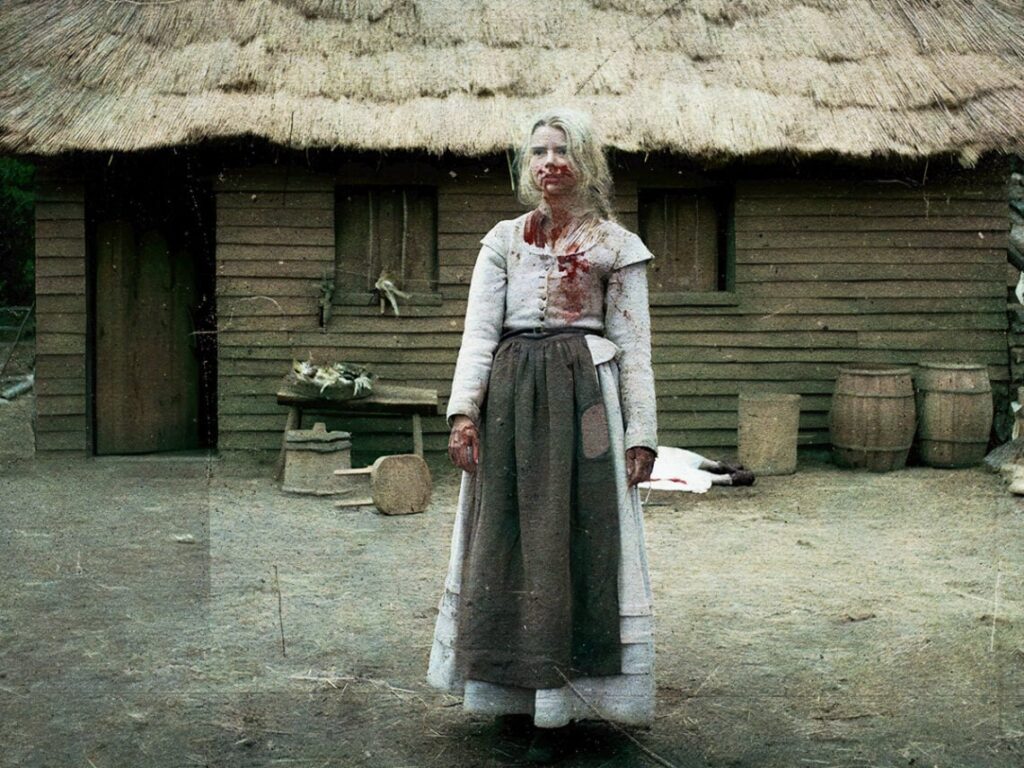The devil’s dulcet tones: The disturbing trick behind the soundtrack for ‘The Witch’
 Posted On
Posted On
(Credits: Far Out / A24)
He might only be three features into his career, but Robert Eggers is already famed for making the smallest details mean something in his films, with The Witch deploying an audio trick that only a small few would have even picked up on.
It’s entirely fitting for the slow-burning psychological horror, though, which marked a phenomenal debut from the first-time filmmaker. Anya Taylor-Joy achieved the rare feat of her very first credit on the big screen, marking her out as a star-in-waiting, too, with the two driving forces of The Witch firing on all cylinders from the word go.
Eggers has a lifelong fascination with the supernatural, which he’d weave seamlessly into his work by consistently dealing in mythological and folkloric undertones, but it takes a mightily impressive set of ears to pick up on his subtle foreshadowing in The Witch. It likely went over the heads of many, but breaking it down, it’s completely in line with the atmosphere and a very deep cut that hints at what’s to come.
Roughly 30 minutes into the story, Taylor-Joy’s Thomasin is sent by her mother to check on the animals in the face of the otherworldly goings-on, where the goats the family keeps can be heard bleating. So far, so standard goat behaviour, right? Only to the untrained ear, it would seem.
There’s much more to their cries than there appears to be, with the goats bleating in E-Natural and B-Flat notes, which are a tritone apart. Again, hardly earth-shattering stuff, at least until the knowledge bomb drops that a tritone – a sequence of notes spanning three whole tones or six half steps – is known as ‘The Devil’s Interval’.
Historically, that sort of dissonance was frowned upon by the purists, earning the moniker of ‘diabolus in musica’, which translates to ‘the devil in music’. In centuries gone by, the tritone was actively discouraged or even forbidden due to the connotations it held with tension, eeriness, and outright demonic tendencies. It was one for the musically inclined as opposed to the everyday punter, then, but that doesn’t make it any less impressive.
Those were the lengths Eggers was willing to go to in order to realise his ambitions on his very first film, and it’s something so innocuous to the average listener they wouldn’t have even noticed at all. For aficionados of every single note, it was a wink explicitly in their direction, adding further underlying heft to The Witch and signalling that Black Philip may well be more than an everyday goat.
Every fibre of the movie’s soundscape is curated to evoke something whether the viewer even notices or not, a testament to Eggers’ desire to make every single frame and note of The Witch mean something.
[embedded content]

